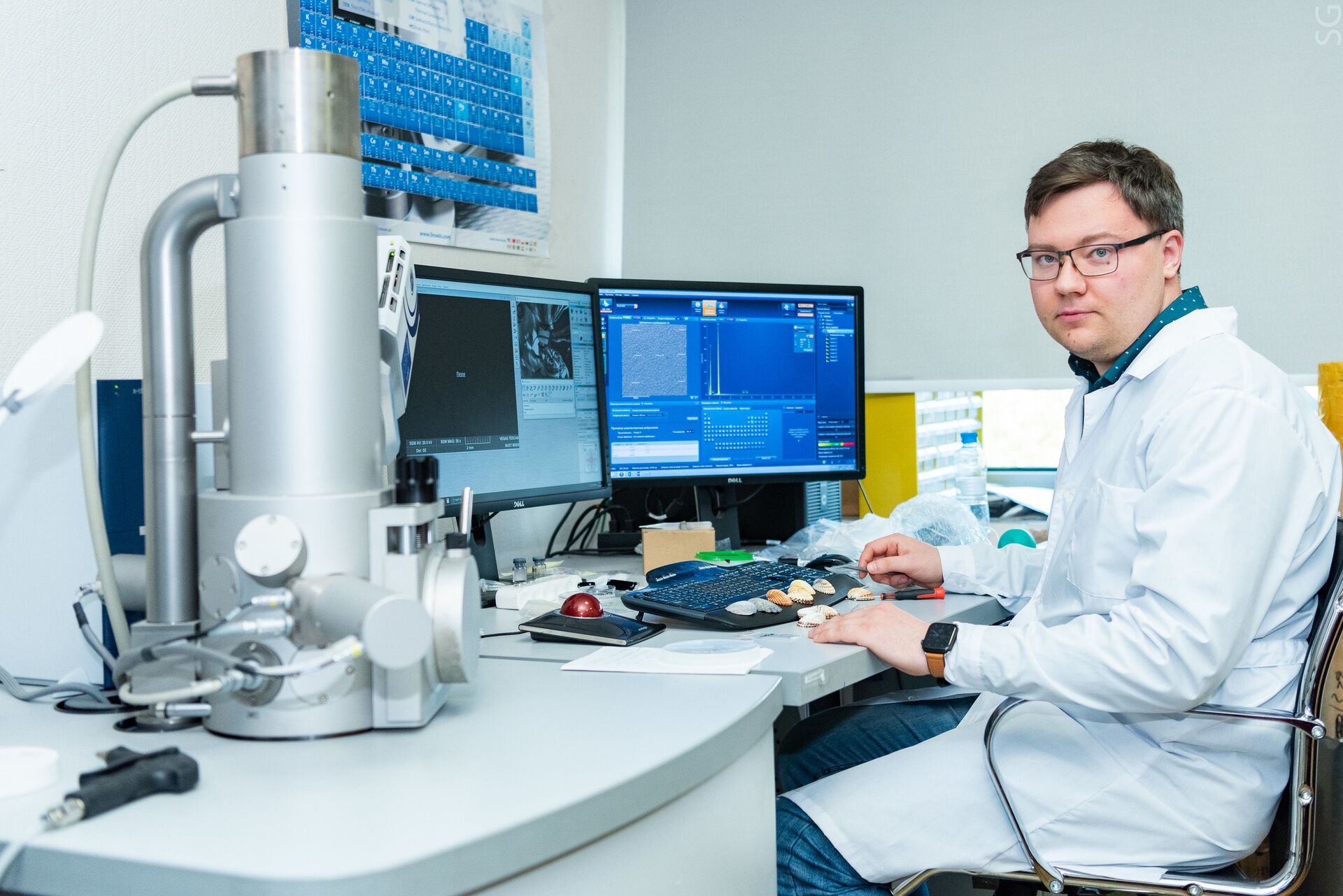According to the researchers, they have synthesised a new nanomaterial that can replace low-efficiency graphite used in lithium-ion batteries today. The results of the research are published in the Journal of Alloys and Compounds.
Lithium-ion batteries are widely used for household appliances from smartphones to electric vehicles. The charge-discharge cycle in such batteries is provided by the movement of lithium ions between two electrodes - from a negatively charged anode to a positively charged cathode.
The scope of where lithium-ion batteries can be applied is constantly expanding, but at the same time, according to the scientists, their capacity is still limited by the properties of graphite - the main anode material. Scientists from NUST MISIS managed to obtain a new material for anodes that can provide a significant increase in capacity and extend battery life.
“Porous nanostructured microspheres with the composition Cu0.4Zn0.6Fe2O4 [Copper, Zinc and Iron], that we have extracted, used as anode material provide three times higher capacity than the batteries on the market at present. Besides, it allows an increase in the number of charge-discharge cycles by five times compared with other promising alternatives to graphite. This improvement is achieved because of a synergistic effect with a combination of a special nanostructure and the composition of used elements,” Evgeny Kolesnikov, an assistant at the Department of Functional Nanosystems and High-Temperature Materials, NUST MISIS said.
The synthesis of the final material happens via a one-step process without intermediate stages because of the use of the spray-pyrolysis method. As the scientists explained, an aqueous solution with ions of special metals is converted into fog with the help of ultrasound, and then water evaporates at temperatures up to 1200°C with decomposition of the original metal salts. As a result, micron or submicron spheres with the porosity required to operate in a lithium-ion system are extracted.

Electrochemical studies of the material synthesised by NUST MISIS specialists were carried out by the scientists from the Seoul National University of Science and Technology (Republic of Korea), the Norwegian University of Science and Technology (Norway), and the SRM Institute of Science and Technology (India).
The research team intends to continue research for new, even more efficient compositions of battery electrodes.


